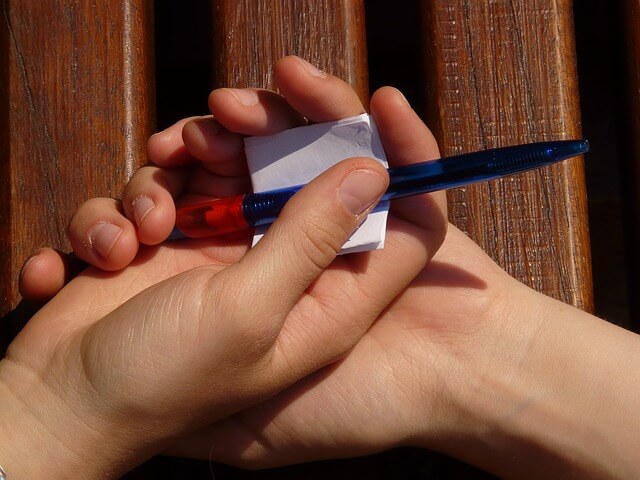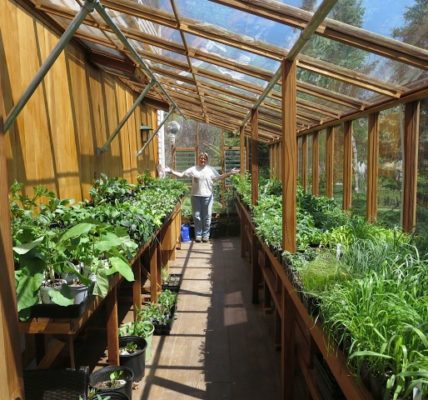The adolescent years are a critical period of growth and development, and they bring with them unique challenges, including the risk of substance abuse. Preventing substance abuse in youth requires a collaborative effort from parents, educators, and communities. In this blog post, we’ll explore the strategies that these stakeholders can employ to create supportive environments, foster open communication, and equip young individuals with the skills and resilience needed to navigate the complex landscape of adolescence without turning to substance use.
Understanding the Risk Factors:
Before delving into prevention strategies, it’s essential to understand the risk factors that may contribute to substance abuse in youth:
- Genetic Predisposition: A family history of substance abuse can increase the risk for an individual.
- Mental Health Conditions: Youth facing mental health challenges, such as anxiety or depression, may turn to substances as a coping mechanism.
- Peer Influence: The influence of peers plays a significant role. Adolescents may experiment with substances to fit in or as a result of peer pressure.
- Lack of Parental Involvement: Insufficient parental involvement, including a lack of communication and supervision, can contribute to the risk.
- Early Exposure: Early exposure to substances, whether within the family or social environment, increases the likelihood of experimentation.

Strategies for Parents:
- Open Communication: Establish and maintain open lines of communication with your child. Encourage them to share their thoughts, concerns, and experiences. Foster an environment where they feel safe discussing difficult topics without fear of judgment.
- Educate on Risks: Provide accurate and age-appropriate information about the risks and consequences of substance abuse. Ensure your child understands the impact of substances on physical health, mental well-being, and future opportunities.
- Set Clear Expectations: Establish clear expectations and consequences regarding substance use. Be consistent in enforcing rules, and make sure your child understands the importance of making healthy choices.
- Be a Positive Role Model: Model healthy behaviors and coping mechanisms. Children often emulate the behavior of their parents, so demonstrating positive ways to handle stress and challenges can have a significant impact.
- Foster Healthy Friendships: Encourage the development of positive and supportive friendships. Help your child identify healthy relationships and provide guidance on navigating peer pressure.
- Build Resilience: Support the development of resilience by fostering problem-solving skills and coping mechanisms. Teach your child how to navigate stress and setbacks in a healthy and constructive manner.
Strategies for Educators:
- Implement Comprehensive Prevention Programs: Schools can play a crucial role in preventing substance abuse by implementing evidence-based prevention programs. These programs should cover a range of topics, including the consequences of substance abuse, coping strategies, and decision-making skills.
- Create a Supportive Environment: Foster a school environment that promotes positive mental health and well-being. This includes addressing bullying, providing mental health resources, and creating avenues for students to seek help and support.
- Involve Parents: Collaborate with parents through workshops, newsletters, or school events that focus on substance abuse prevention. Engage parents in conversations about creating a united front to address substance abuse risks.
- Offer Counseling Services: Ensure that counseling services are available within the school. This provides students with a safe and confidential space to discuss personal challenges and receive guidance.
- Provide Extracurricular Activities: Extracurricular activities can offer students a sense of purpose, belonging, and accomplishment. Encourage participation in sports, arts, or clubs that align with their interests.
Strategies for Communities:
- Community Awareness Campaigns: Launch community-wide awareness campaigns to educate residents on the risks of substance abuse and the available resources for prevention and treatment. This can be done through local events, workshops, and online platforms.
- Youth Engagement Programs: Develop programs that actively engage youth in positive and constructive activities. These can include community service projects, leadership development, and skill-building initiatives.
- Support Local Initiatives: Support and collaborate with local organizations and initiatives focused on substance abuse prevention. This could involve sponsoring events, providing resources, or volunteering time and expertise.
- Limit Availability of Substances: Advocate for policies and measures that limit the availability of substances, especially to minors. This may include supporting local regulations on alcohol sales, restricting access to tobacco products, and addressing illicit drug distribution.
- Promote Positive Adult Role Models: Encourage positive adult role models within the community. This includes mentors, coaches, and community leaders who actively support and guide youth in making healthy choices.
- Create Safe Spaces: Establish safe and welcoming spaces where youth can gather, socialize, and engage in constructive activities. This can help counteract the appeal of potentially harmful environments.
Preventing substance abuse in youth requires a multifaceted and collaborative approach. Parents, educators, and communities must work together to create environments that foster open communication, resilience, and positive decision-making. By addressing risk factors, providing education, and supporting the well-being of young individuals, we can build a foundation for a healthier and substance-free future. Remember, prevention is not only about addressing existing challenges but also about creating a culture that prioritizes the well-being and potential of every young person in our communities. Read this guide to real addiction recovery to learn more about overcoming addiction.








